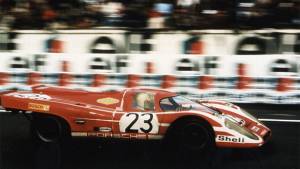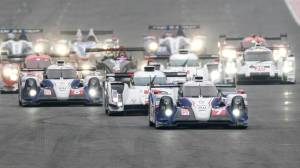In conversation with Mr. Le Mans, Tom Kristensen, 9-time winner at 24hr of Le Mans
We speak to former World Endurance champion Tom Kristensen, the record-setting, nine-time winner of the 24hr of Le Mans on the sidelines of the Rolex Monterey Historics, and the Pebble Beach Concours in Monterey, California, reflecting on his journey, the past, and the sports future.
Siddhraj Singh: Tom Kristensen is running late. For a person who has won the 24 hours of Le Mans more than anyone in history, where time is of the utmost importance, this seems out of place. But the Pebble Beach Concours judge's meeting has gone long, and Tom in his role as an Honorary Judge is obliged to sit through it. Just as I settle into a warm cup of coffee, a welcome respite from the cold Monterey weather, Kristensen breezes into the suite overlooking the hallowed golf course's 18th fairway. Instead of the usual golfer, there are about 200 classic cars parked outside, and about 8000 spectators on it today for the Concours.
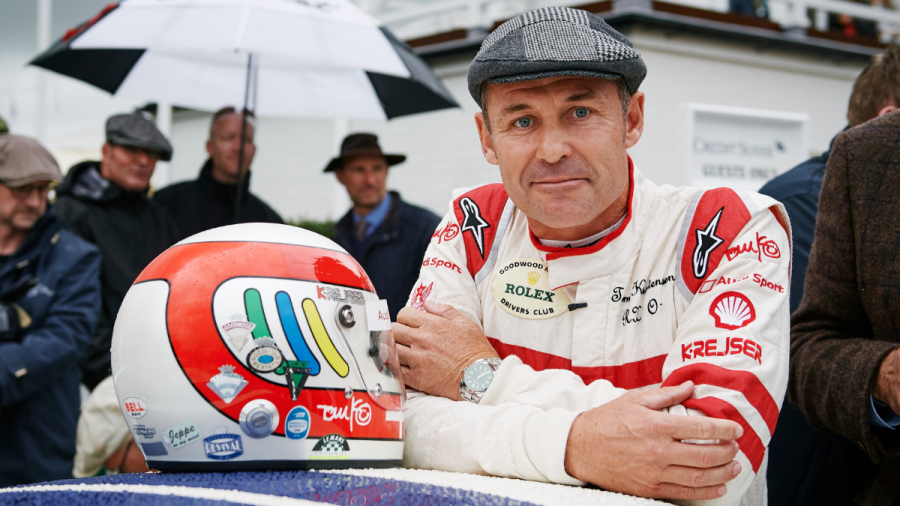
As Kristensen settles in, the realisation comes that you are sitting with a living legend. With an astonishing nine overall wins at Le Mans, he is on the same pedestal as Moss, Schumacher, Loeb, Hamilton et all. But his calm and friendly demeanour puts you at ease. With a top-flight endurance racing career spanning 18 years, Tom has a wealth of knowledge, which he is happy to share, but it all could easily have not happened.
Tom Kristensen: It was four days before (Le Mans) '97, out of the blue, I was playing tennis, resting back in Denmark when I got the call (to race for TWR Porsche). I might not have answered, it was the beginning of mobile phones â" they were big, mine had an antenna - and it was in my bag. If I was not behind in the 3rd set, I would not have answered. I took it, and it was Ralph, he said "Tom, this is Ralf Jüttner from Joest Racing, would it be possible, would there be any chance that we can talk about if you want to do Le Mans next week?", ummm, maybe.
The following day I flew down to Germany for the seat fitting, and two days later I flew down to Le Mans and met everybody. Michele (Alboreto, Italian racing driver and teammate) was incredible because it was not only (about) learning how to drive, he embraced me in what all I did. He gave me a lot of faith, and just being cool to me, "Hey Japan, what do you like about this track" or "what you did there, I saw your results. You were very good and I am really happy that you are my teammate", so he gave me all these things. I always remembered that when I got younger teammates to make sure to take pressure off them, just believing that you are young and fast and brave because that's what young drivers are. If he put pressure on me to be braver, then I would have made mistakes.
Siddhraj Singh: It was the 25th anniversary of that first win earlier this year, and the memories are still fresh. His privateer TWR Porsche wasn't the fastest car, but their consistency beat out factory efforts from the likes of BMW, Nissan and Porsche, to give him his maiden win, on debut.
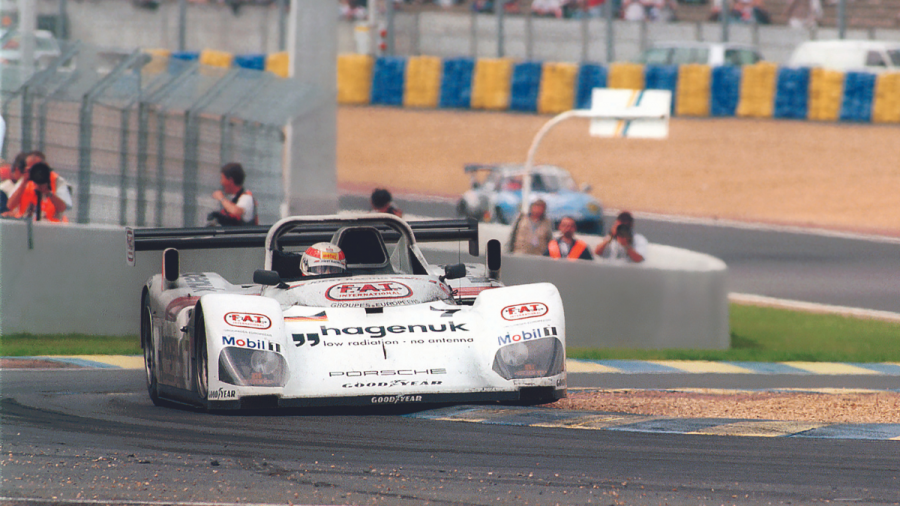
Tom Kristensen: I had only done 17 laps in practice, because when I said yes to all that, I actually had a contract to do Formula 3000 and I was driving for an Italian team, Autosport Racing, and they had a test of two days at the same time in Austria. So I went to them and said I will do one day test, so I tested at Le Mans on Wednesday evening; 5 am Thursday morning, flying on Joest's private plane to A1 Ring (Redbull Ring), testing one day. After the test flew back, came over the track, where there was one Mclaren in flames. It was (fellow Danish driver) John Nielson. I was inspired by his win, and here I am coming to Le Mans and he is not going to take part, and I take part and I go on to win the race.
The first evening I was not incredibly fast into the sunset, that's where I drove. It was incredibly difficult. There is an interview I have on an old VHS tape, where I speak really fast. I sound like I am taking in helium, talking about the traffic, the sunset, the speed; I am looking for the rhythm. The next time I go into the car was the middle of the night - 2:20, 2:30 am. That's when the race settled, and it got better. And we started to reel in on the leaders again. I think we were down in 4th position or something, and that's when my career really takes off. On my second stint, Ralph goes "Good, Tom", and then in my third stint he goes, "Super, Super". Then a few laps later goes the lap record, he goes "Easy Tom, lap record, easy Tom", so when a German speaks to you in English, you know to take it seriously. Then he asked me to do another stint, and Michele was on the pit wall ready to get in after the third stint, and the engineer showed him the timings, and he said "the seconds (time) looks really good" and the engineer says, "Yes, especially for our car".
Siddhraj Singh: Born in Denmark, Kristensen would become a successful kart racer there, before moving onto junior Formula racing in Japan. Like most racing drivers, Formula 1 would have been the ultimate goal, but endurance racing and Le Mans wasn't too far off the radar for a young Tom.
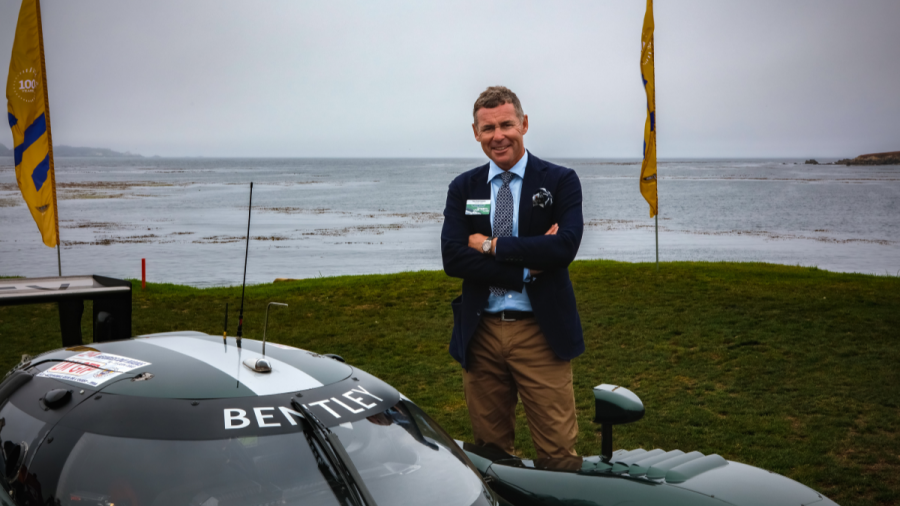
Tom Kristensen: I am old enough to remember in the 70s, the Le Mans movie with (actor Steve) McQueen. We started following it (Le Mans), and I loved the shape of the cars. I thought the best-looking race cars was very much from that era, certainly also like the 80s Formula 1 cars, no doubt. Got inspired through my whole go-kart career, and there was one time we had to stop because Jaguar was winning at Le Mans and there was a Danish driver. Our go-kart finale on Sunday was delayed, as we saw him take the chequered flag, it was John Nielsen (winner 1990 Le Mans, with Jaguar XJR-12). That of course set the tone - 'I also will do that one day'. I was inspired by watching Formula 1, but being from a small country with not any history of Formula 1, in Denmark. It would have been nice to be Swedish, I was very fond of Ronnie Peterson, his life, his car control and also my dad looks a bit like Mario Andretti, so I loved when Ronnie and Andretti drove together, and I have a picture of them together at Anderstorp (played host to the Swedish Grand Prix in the 70s). I had a picture of Andretti retired, ran out of fuel apparently, and (Lotus boss) Colin Chapman is embracing him. I took the picture with an old Konica camera or something.
In Japan, when I was racing there (in Formula 3, 3000, GT and Touring cars), Le Mans is mega. They really love endurance (racing) in Japan. They really follow Le Mans, and you have seen many Japanese car manufacturers come to Le Mans. When I was there, I was very close to joining one of these (teams), but it did not happen.
Siddhraj Singh: With a career spanning across three decades, Kristensen has seen and done a lot and won everything. He comes across as somebody who is genuinely grateful for everything he has been able to do and still continues to do so. But does he miss racing?
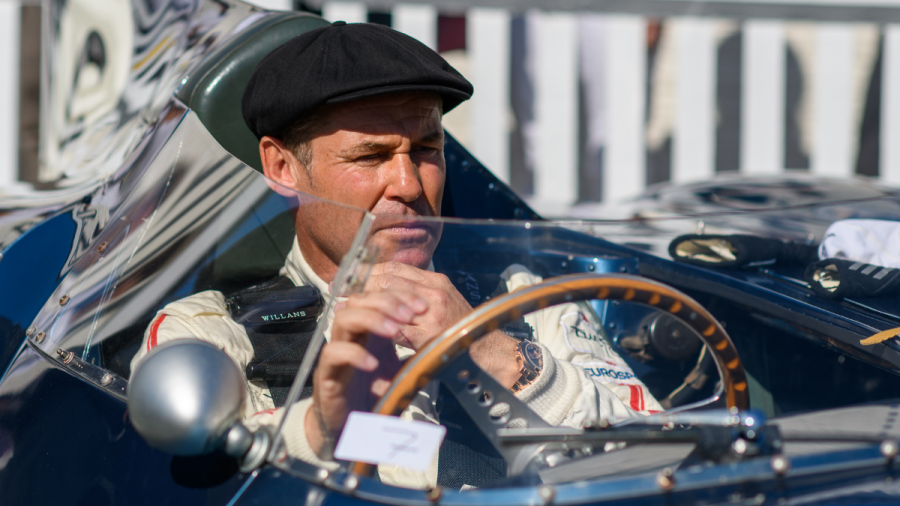
Tom Kristensen: God has been very kind to me. All the other things that have happened along the route, particularly after I stopped racing. You can say, what's going to happen when you are no longer a race car driver? But I live the dream, I am a race car driver every time I put on my (Rolex) Daytona, and go to these events. So I (still) drive a lot of cars, sometime in demos, sometimes in competition, could be Goodwood Revival, or (Monterey) Historics, like here. I drove the Bentley from 1923, the 3-litre, for example. I have done the Ferrari 166, the LM, the Matra, and the Ferrari 250 Short-wheelbase â" I raced at Goodwood; Just talking about Le Mans cars, some Porsches, the Audi, and Peugeot.
Siddhraj Singh: There is no doubt that Tom is a pure racing driver, and a racing enthusiast. He might be retired, but that never goes away, ready to go with whatever he is given.
Tom Kristensen: I would have driven any of the types (of car), but I was in that time (late 90s). Very privileged to drive and being able to win at Le Mans in three decades. But no doubt I would have driven in the others as well. You can fantasise about those times, but I was inspired by the other eras and I have been inspired by the drivers and teams of those eras. And when I drive them, it has been very fun and the most interesting conversations, that is to meet some of those engineers, mechanics. I drove Jackie Stewart's car up at (Goodwood) Revival, and was speaking to the mechanic who is still maintaining the old cars. When you speak to the drivers of that era, it is really nice if I have also been able to drive those cars, even if it's not in earnest.
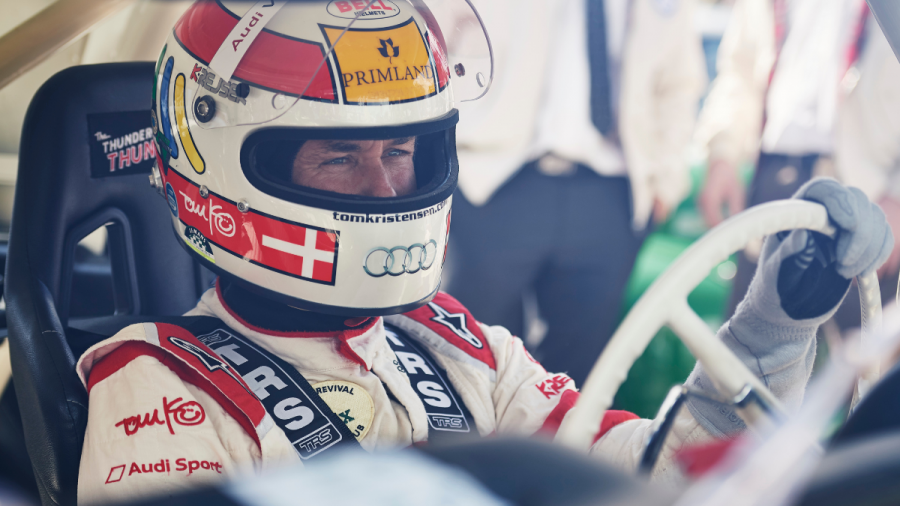
I drove the Ford GT40 from '66, it was the Graham Hill and Jackie Stewart car from Sebring, it did the Le Mans pre-test, and then that car was updated with a bigger engine before Le Mans, but it did not race at Le Mans. The gearbox there is little bit nimble; things like that we can talk with the drivers of that era.
Siddhraj Singh: Having started his racing still in the analogue era, then progressing towards electronics and automatisation, and then on to the hybrid era, Kristensen is in the unique position to have been part of each step in the evolution of modern motorsports.
Tom Kristensen: It started with Porsche (TWR run WSC-95 in 1997), that is a right-hand drive Porsche, which is a bit unusual, that was because it was a TWR chassis, H-pattern gearbox, no power steering, open car. Really a raw car to drive. In the following years, I drove the BMW (BMW V12 LM), still right-hand drive, but with a sequential gearbox, no power steering. Got into the Audis (Audi R8) and experienced pedal shift and power steering. But the engines â" you come from Turbo, you go to normally aspirated V12, big, heavy engines in the BMW, then you go to V8 turbo in the Audi, with turbo lag, particularly in the beginning, and then it develops to one stage where we go with 12-cylinder TDi diesel, then it ends up with the (Audi) R15, the R18, and the R18 e-tron Quattro which is a hybrid with a petit 6-cylinder single turbo, but just by that the driving style changes immensely. But in a way you can say that driving the Williams BWM V12 helped me drive the diesel, but there is seven years in between, so the driving style constantly changed. In the last cars (Audi R18s) you only had two pedal, with the clutch in your hand. You always have to be curious of new driving styles, (and) how to optimise them. The first thing you say is "I am good, I won last year, I'll do the same", a big mistake. You have to constantly have curiosity about how to evolve.
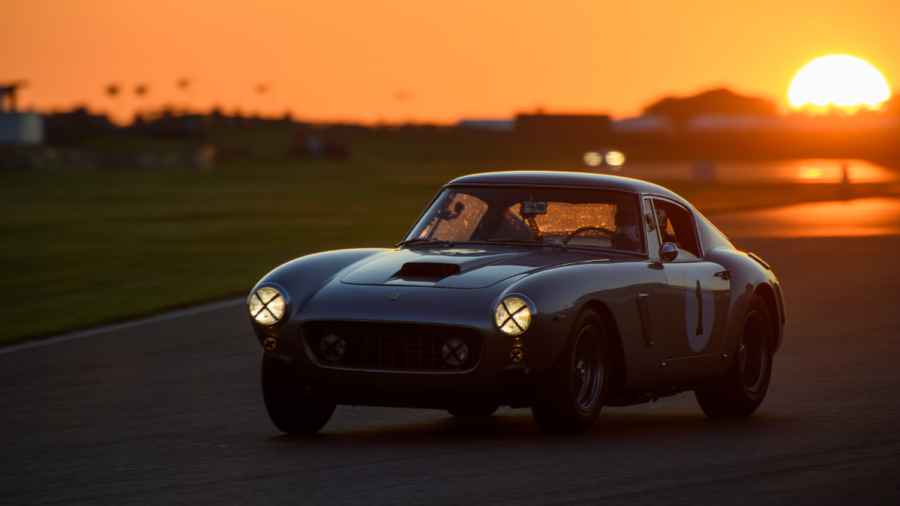
Of course, the light makes a big difference at Le Mans, it's a long night. So the lights and the way that has developed (helps). (Earlier) it was not very good, low precession and it was dark back then, there were no floodlights like you see now. Lights evolved a lot through these decades; in the end I had a beam of LED and high-beam of laser. So that is very good, too good that we got negativity from the people that we were passing because we basically blinded them, but at least we know that when they are blinded they freeze and stay where they are.
I can keep talking about technology, but it was these solutions which are coming up it always had to be elegant and durable and they have to be consistent and you have to find trust in these. The word this year in motorsports is 'purpose'. At Le Mans we live that when we are out in the forest, on every straight, because you are travelling at such high speeds, so we don't complain about purpose. We try to optimise it.
Siddhraj Singh: Going through the experience of major technological advancements and changes, Kristensen still remains largely old skool, trusting his racers instinct before any electronic aids.
Tom Kristensen: I started very much as an analogue driver, then you start to get a few different systems along the way. But in the beginning, it was just a stopwatch. That analogue feeling of having a very easy going gearbox, the simplicity is what I also like about historic racing, but through these decades you needed to work more and more. It was not just the debriefs that got longer, but it was also the pre-briefs that got longer. The communications, the meeting, you sometimes had to attend with the team at the factory as the magnitude and the complexity of making a race car perform at the limit, required more and more time, and you got more and more information, so what I like is more towards the early days.
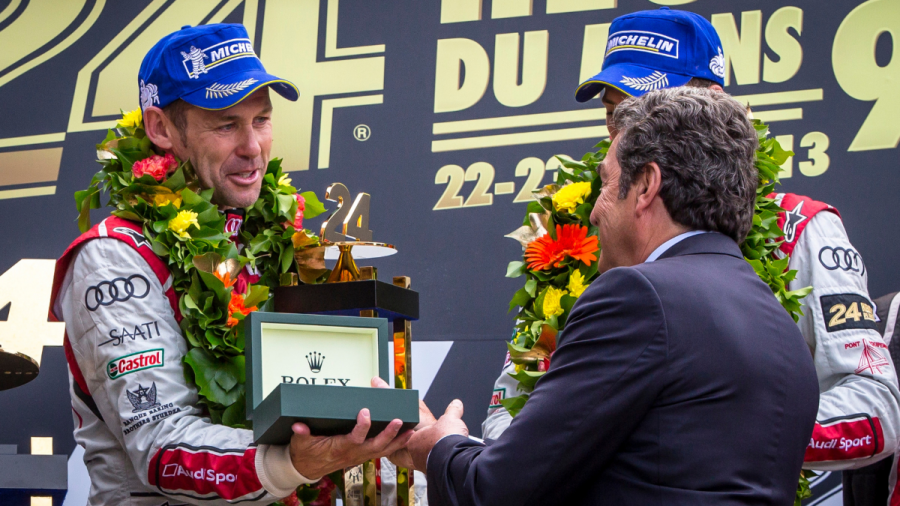
You also want to have a life, but you need to work hard with other things to remain competitive. No doubt using the data, analysing it and many times explaining to the engineers. Nowadays you can (fine tune) the car just by the computers, yes you can, but you don't find the trust at the limit. The dialogue between the engineers and the drivers has to be good because at the end of the day you are talking about some drivers who are not performing and some are performing and next year it is a little bit different. But that's all that trust, and dialogue you have when you driving a race car at the limit. You need to feel positive about it absolutely be able to push because when you drive a race car, you drive into any corner faster than you ideally want, but that's what pressure does to you and that is what you have to be capable of, of finding the zone, be on the limit, otherwise, you are not fast enough. Didn't Mario Andretti say that "if everything feels under control, you are not fast enough"?
Siddhraj Singh: As Kristensen speaks, you can see the decades roll back. He is a racing driver again, as if ready to give notes to his engineers, ready to strap back into the cockpit. So the question remains, is he tempted to return?
Tom Kristensen: I am fully retired, but I have sometimes the feeling. I go to quite a lot of Formula 1 races and Le Mans. Once a racer, always a racer, but then I go, have an espresso and be sensible again and go and enjoy the (watching) race. But I see any race; I see it from the prospective if I am taking part; can't help it when you have been racing for so many years. 38 years I have been racing, so it's not that I haven't done it. I race at Goodwood, I do some track days, some sponsor activities.
Siddhraj Singh: As Le Mans gets ready to celebrate its 100th anniversary next year, the sport is making some big changes. In a bid to stay significant in the new era, to have that manufacturer rivalry again, something that existed when Kristensen started, but withered away, as cost skyrocketed and factory teams backed out.
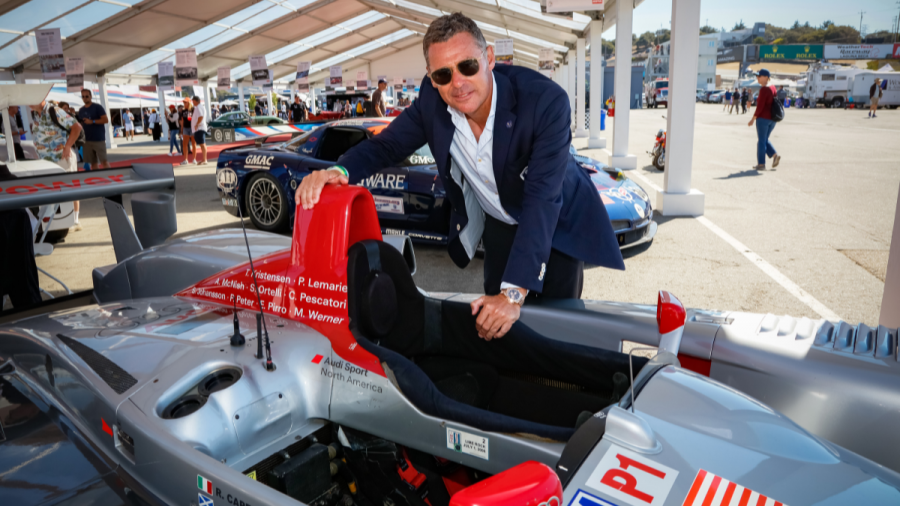
Tom Kristensen: I had the pleasure of unveiling the new (24hr of Le Mans, 100th anniversary special) trophy, which reflects on Le Mans; the day, night and day. That will be a unique trophy for the winners, and the race is already on for people trying to win that. In terms of the future â" the future looks bright. There is a great bridge between America and Europe; you can reflect on what Ken Miles and Carroll Shelby in the Le Mans '66, talking about the Triple Crown. That is possible now due to work done by the people at IMSA, running the races in America, and of course ACO, Le Mans 24 hours, the FIA, and WEC. All these things have really bridged together, which looks very good for the future.
(The new Hypercar class) in general, I think it's fantastic, if I may say something, it's that the cars are too heavy for power, but of course, it is to attract all these manufacturers. So generally its fantastic, but what's really fantastic is the corporation and the bridge with the LMDh cars coming in and you see a lot of manufacturers, a little more towards the special race teams, the very good privateer teams are attracted towards LMDh, which could be a great business model for the manufacturers in LMDh, on the same time they are allowed to compete for overall honours.
Siddhraj Singh: There is also a push towards biofuels and synthetic fuels for Le Mans, in an effort to keep internal combustion engines relevant for a bit longer. Does he see that as a solution or a stop-gap?
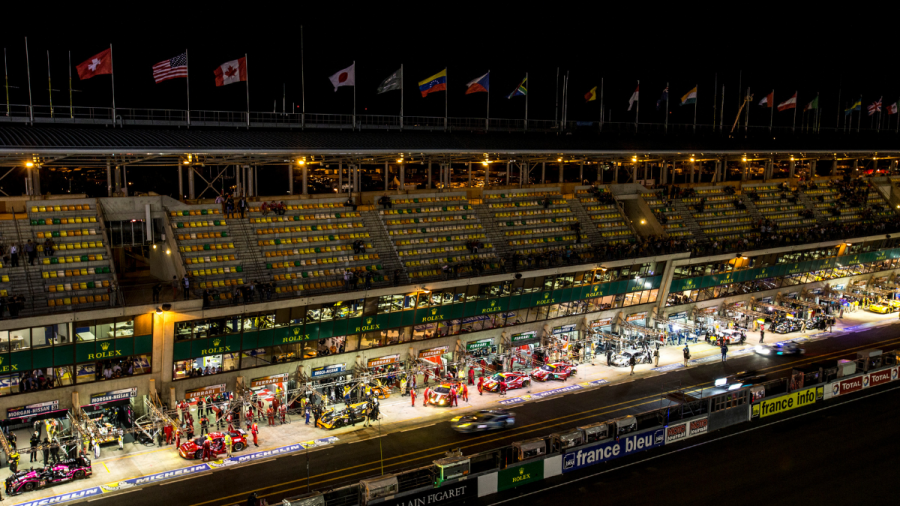
Tom Kristensen: I might have an opinion, but I might be wrong in two years. I have been surprised many times. Who would have thought when we won Le Mans 2005, my seventh win, and during that celebration, someone said "Tom, next year we will do a 12-cylinder diesel"! And I thought that will be three years of struggling at the back. When development is on, the most important people can develop (very fast).
At classic Le Mans some cars were running 100% biofuel, so that's possible. Certainly, for heritage racing it is very important; because you don't to change the drive train in those cars.
Siddhraj Singh: Retiring from racing eight years ago, Kristensen continues to be actively involved in motorsports, whether it's commentating on Formula 1 for Danish TV, acting as the FIA steward at races, or as a brand ambassador for Rolex, a brand he is very familiar with having won so many as a driver. But there is a personal connection that goes beyond any commercial agreement.
Tom Kristensen: To win (a Daytona), it is the perfect driver's watch, to be handed the watch up there (podium), but it is much more than the watch, it's the whole experience. It is an experience for any driver to finish at Le Mans, and if you are privileged enough to win; the reflection of the race, you have that with your watch, the togetherness you have with your teammates. I've had 16 teammates over 18 years (at Le Mans) and I am happy to say that all of them are my friends. When I put my Daytona on, I am a racing driver, I reflect on my life.

My very first Rolex, I bought; that was before Rolex was associated with Le Mans. After winning (Le Mans 2000) with (Frank) Biela and (Emanuele) Pirro, I bought my very first Rolex Daytona and that is very special to me (he bought a black-dial Daytona and had 'Winner 2000' put on the back)
I am not a big watch guy, but I am growing. I find it fascinating, and love to hear when people talk about fantastic watches. It would be nice to have watches from the 50s, and 60s, I don't have many, but I have a Pepsi (Rolex GMT Master) from my birth year (1967), which I got in a very awkward way. Somebody wanted to have a word with me alone, and I realised it was the CEO of one of the Rolex dealers in Denmark, it was in 2013 after my last Le Mans win. We had lost a fellow driver, Allan Simonsen (also a Dane), in an Aston Martin. He died in a crash very early in the race. You (could) stop and you don't race, but in the end of the day, I was there to race for myself and for my father whom I had lost earlier that season. I see a coffee table, my dad and Allan, he says "you drive for him", and then we did and we won. And I think I said something like that in the press, and this guy wants to speak with me alone. I realised he had two watches on, two Rolexes and he may be the CEO of Rolex Denmark, but that's a bit too much. And then during the conversation, he took one off and it was engraved '2013', and that's (for) Allan. You get a lot of inner strength by these situations.
At Le Mans not every lap, but every lap now and then you have near misses, that's all about racing, especially carving through traffic, that's adrenalin and focus. You don't blink, you focus. That's racing, don't analyse it all.
Siddhraj Singh: For a racing driver who made a career of endurance racing, it may be natural to not analyse it, but to us, looking in, it's difficult not to. In the 100 years since Le Mans started, there have been 91 races, and this man has won 9 of them; about 10 per cent, an incredible statistic. The time we had with him flew by, and we barely scratched the surface of his record career, but it was enough to see why they call him Mr Le Mans.
Images: Rolex / Tom Kristensen
Starts Rs 2.55 Crore
5204cc
Automatic
610
530
7.63 Kmpl
Starts Rs 1.11 Crore
2993cc
Automatic
305
689
-NA-
